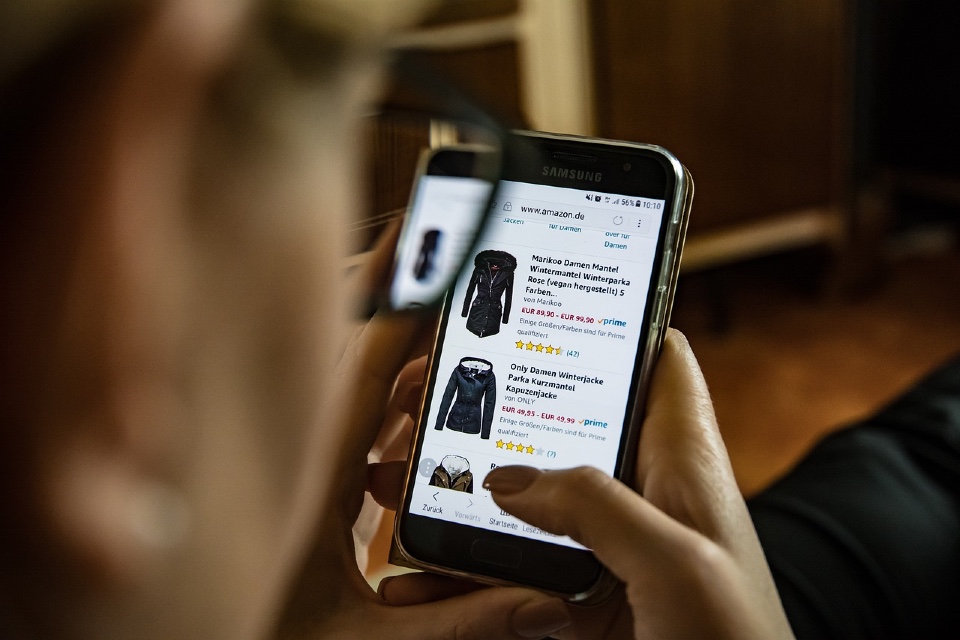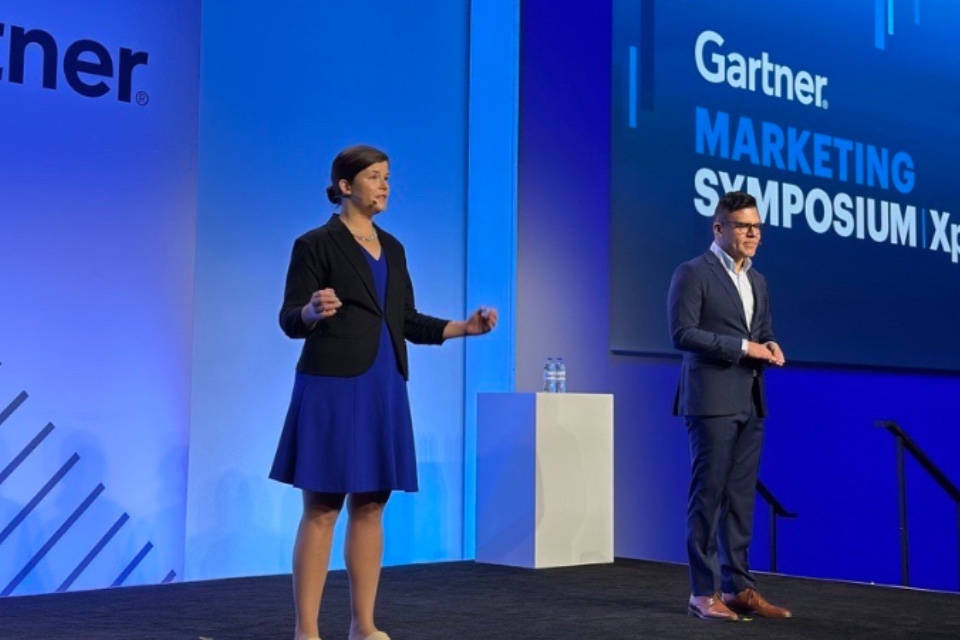UK consumers reckon 50% of personalised content is a turn off
Over half (51%) of UK consumers say that the targeted content they receive online is often “boring” or “unhelpful.”
That’s according to new research from Optimizely, the leading digital experience platform (DXP) provider, which reveals that while personalisation holds great potential for enhancing customer loyalty, the reliance on assumptions and outdated technology remain major obstacles.
Based on a comprehensive study of 100 UK marketing leaders and 1,000 UK consumers, the Personalised to Personal report shows that an overwhelming 70% of consumers feel frustrated that the promotions they receive are not directly relevant to their personal interests.
Concerningly, 83% of marketers admitted that their current personalisation efforts heavily rely on assumptions about customers rather than high-quality insights. 71% also acknowledged that generalisations still form the foundation of too many personalisation campaigns, pointing to a significant gap between the personalised experiences consumers desire and what brands currently provide.
The study also shed light on how outdated technologies hinder effective personalisation. Only 33% of marketers claimed to possess the necessary technology to deliver hyper-personalised experiences tailored to individual customers.
These shortcomings largely stem from outdated technology, with a staggering 74% of marketers feeling that their current personalisation tools are no longer adequate.
However, the report also highlights the immense potential of personalisation to foster customer loyalty. A notable 65% of consumers are more loyal to a brand that has taken the time to understand them on a deeper, more personal level.
“In 2023, delivering truly personalised content is absolutely essential to meet individuals’ interests and needs, as well as to foster brand loyalty,” said Shafqat Islam, CMO of Optimizely. “But when the vast majority of marketers are using outdated technology, it’s nearly impossible for them to regularly meet consumer’s expectations, leading them to miss out on the strong growth opportunities that a data-led personalisation strategy provides.”
The findings of Optimizely’s report highlight the urgent need for brands to bridge the gap between customer expectations and the personalised experiences companies currently deliver. By investing in modern, data-driven technologies, such as web experimentation, brands can optimise their personalisation efforts and forge deeper connections with their customers.
While having modern personalisation technology is crucial for providing relevant online experiences, brands must also focus on making their content engaging and exciting to avoid appearing dull. To achieve this, marketing leaders should think about adopting a content marketing platform, providing a dedicated workspace where teams can organize workflows, collaborate on assets, and efficiently run campaigns. By simplifying the content creation process, marketers can dedicate more time to crafting and refining content and less time on administrative tasks.
Over half (51%) of UK consumers say that the targeted content they receive online is often “boring” or “unhelpful.”











